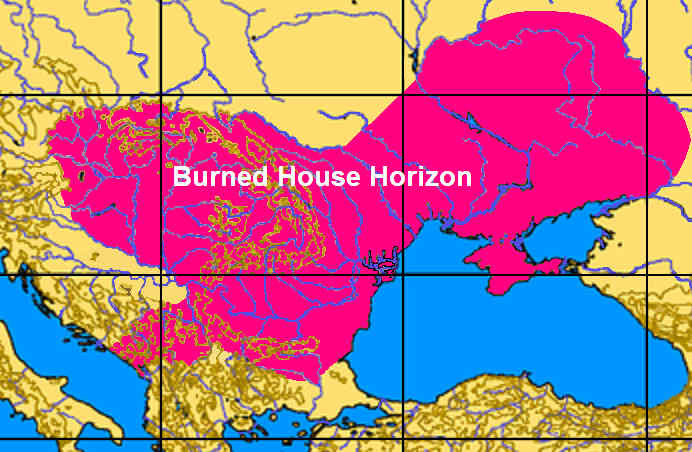| |
[May. 25th, 2020|11:35 pm] |
🔗 https://www.reddit.com/r/todayilearned/comments/gq5gdb/til_that_for_5000_years_europeans_built_huge/
В течение 5000 лет европейцы строили огромные великолепные города и жили в них, просто чтобы сжигать их дотла каждые 75 лет. Люди в современных Румынии, Болгарии, Украине и регионах, намеренно поджигали свои поселения, по причинам, которые до сих пор изучаются.
for 5000 years, Europeans built huge magnificent cities, and lived in them, just to burn them to the ground every 75 years. People in current-day Romania, Bulgaria, Ukraine and the area, intentionally set their settlements on fire, for reasons still being researched.

🔗 https://en.wikipedia.org/wiki/Burned_house_horizon
В археологии неолитической Европы горизонт сожженных домов - это географическая протяженность феномена, предположительно, преднамеренно сожженных поселений.
Это была широко распространенная и давняя традиция в регионе юго-восточной и восточной Европы. Заметным представителем этой традиции является культура Триполье-Кукутень, которая была сосредоточена в горизонте сожженных домов как географически, так и во времени.
В изучении неолита и энеолита в Европе до сих пор идет дискуссия о том, было ли большинство домов намеренно подожжено или нет.
Хотя до сих пор ведутся дебаты о том, почему практиковалось сжигание домов, свидетельства, похоже, указывают на то, что вряд ли это было случайным. Также ведутся дебаты о том, почему это происходило преднамеренно и регулярно, поскольку эти сожжения могли уничтожить все поселение.
In the archaeology of Neolithic Europe, the burned house horizon is the geographical extent of the phenomenon of presumably intentionally burned settlements.
This was a widespread and long-lasting tradition in what is now Southeastern and Eastern Europe. A notable representative of this tradition is the Cucuteni-Trypillian culture, which was centered on the burned-house horizon both geographically and temporally.
There is still a discussion in the study of Neolithic and Eneolithic Europe whether the majority of burned houses were intentionally set alight or not.
Although there is still debate about why the house burning was practiced, the evidence seems to indicate that it was highly unlikely to have been accidental. There is also debate about why this would have been done deliberately and regularly, since these burnings could destroy the entire settlement.
#archeology #bulgaria #burning #europe #house #past #ritual #romania #timespace #tradition #ukraine
originally posted on ussr.win |
|
|
| Comments: |
| From: | (Anonymous) |
|---|
| Date: | May 26th, 2020 - 06:03 am |
|---|
| | | (Link) |
|
они не стригли колтуны и у них заводились мандавошки
поэтому приходилось всех сжигать нахуй | |